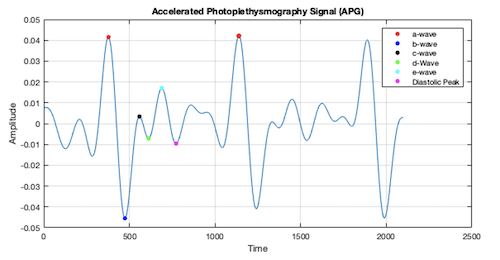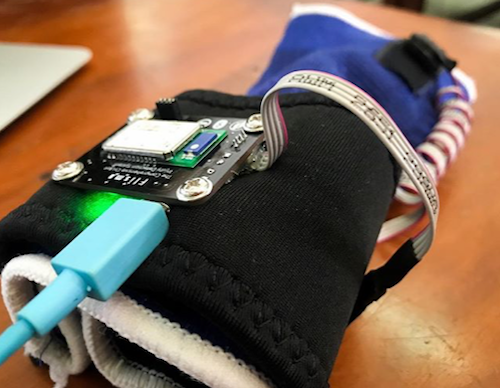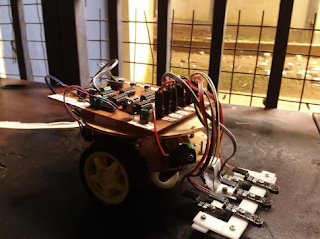Published in 17th Conference on Artificial Intelligence in Medicine (AIME) - Poland 2019, 2019
Diabetes is a global epidemic, which leads to severe complications such as heart disease, limb amputations and blindness, mainly occurring due to the inability of early detection. Photoplethysmography (PPG) signals have been used as a non-invasive approach to predict dia- betes. However, current methods use long, continuous signals collected in a clinical setting. This study focuses on predicting Type 2 Diabetes from short (~2.1s) PPG signals extracted from smart devices, and readily available physiological data such as age, gender, weight and height. As this kind of PPG signals can be easily extracted using mobile phones or smart wearable technology, the user can get an initial prediction without entering a medical facility. Through the analysis of morphological features related to the PPG waveform and its derivatives, we identify features related to Type 2 Diabetes and establish the feasibility of predicting Type 2 Diabetes from short PPG signals. We cross validated several classification models based on the selected set of features to predict Type 2 Diabetes, where Linear Discriminant Analysis (LDA) achieved the highest area under the ROC curve of 79%. The successful practical implementation of the proposed system would enable people to screen themselves conveniently using their smart devices to identify the potential risk of Type 2 Diabetes and thus avoid austere complications of late detection.
Recommended citation: Hettiarachchi, Chirath, and Charith Chitraranjan. "A Machine Learning Approach to Predict Diabetes Using Short Recorded Photoplethysmography and Physiological Characteristics." Conference on Artificial Intelligence in Medicine in Europe. Springer, Cham, 2019. http://chirathyh.github.io/files/AIME_2019_paper_89.pdf




